April 25, 2024
Coast-to-coast: San Francisco to Savannah (Part 25)
By Simon J. Lau
This morning we left Amarillo. It’s long been a key hub in the American West. Initially settled by Native American tribes, the area saw European exploration in the 16th century. However, it wasn’t until the late 19th century, with the arrival of the railroad, that Amarillo began to flourish. The town’s strategic position along the cattle trails led to its rapid growth as a center for the cattle industry. This growth was further fueled by the discovery of oil and natural gas in the early 20th century, transforming Amarillo into an important energy hub.
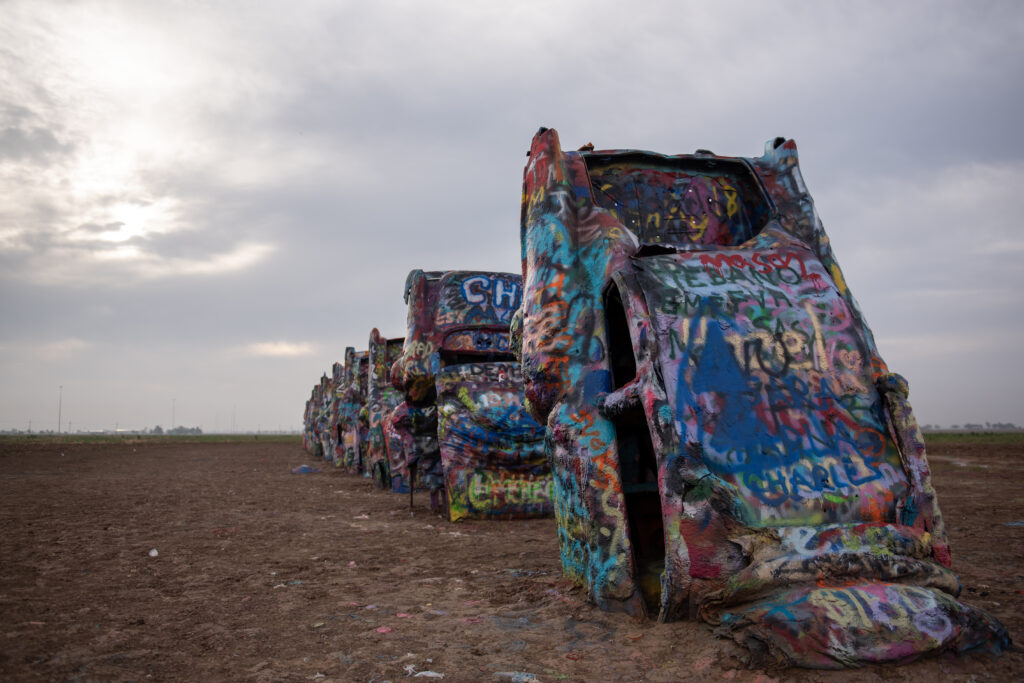
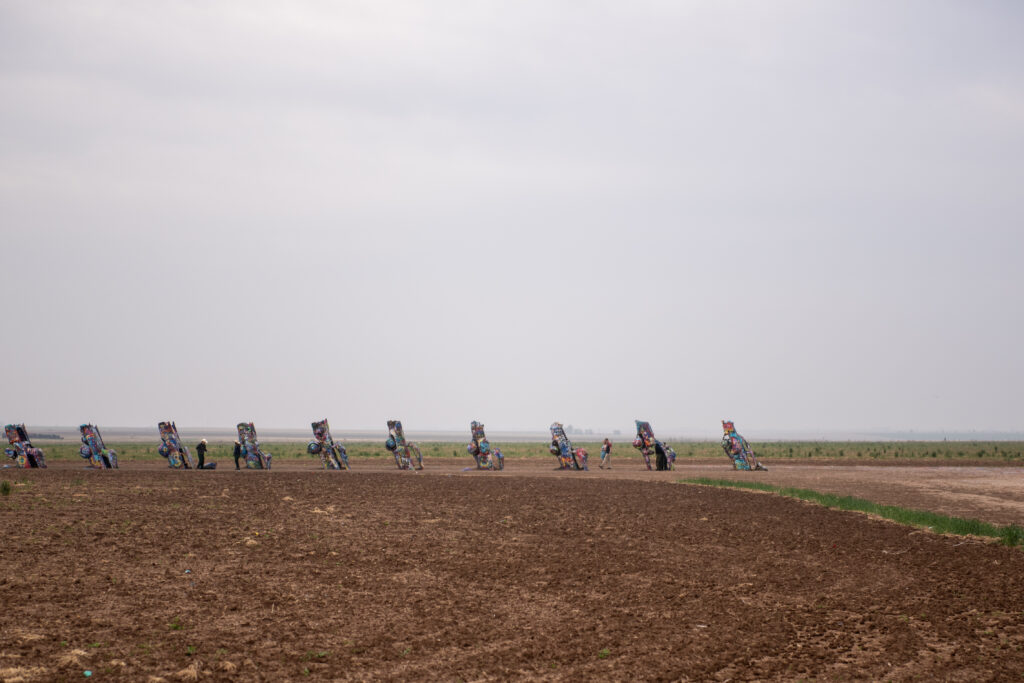
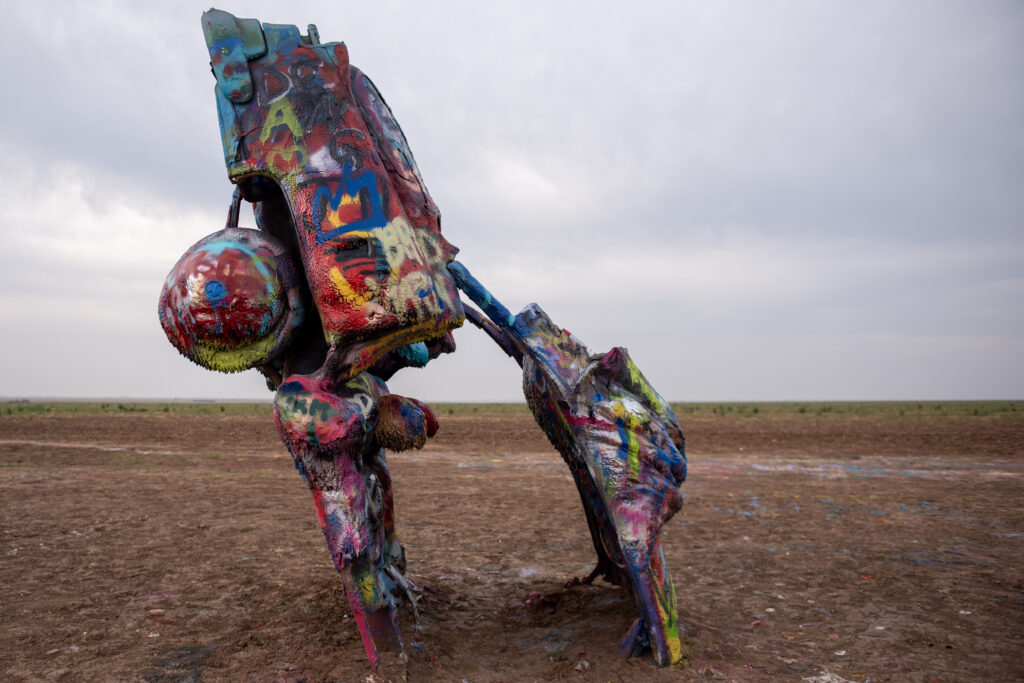
Before leaving, we visited Cadillac Ranch, located along historic Route 66. Created in 1974 by the art collective known as the Ant Farm, it consists of ten Cadillac cars buried nose-first in the ground at an angle corresponding to that of the Great Pyramid of Giza. Over the years, the cars have become covered in layers of colorful graffiti, inviting visitors to leave their mark and contribute to the evolving artwork. The installation embodies the American fascination with automobiles and the open road while also serving as a commentary on consumerism and the transient nature of material culture.
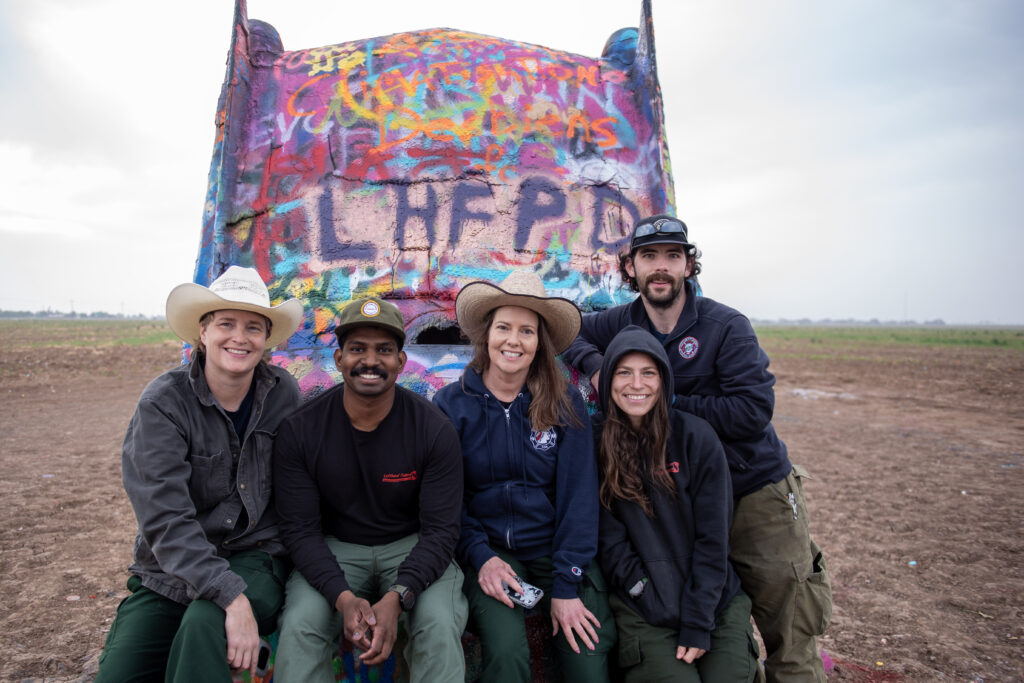
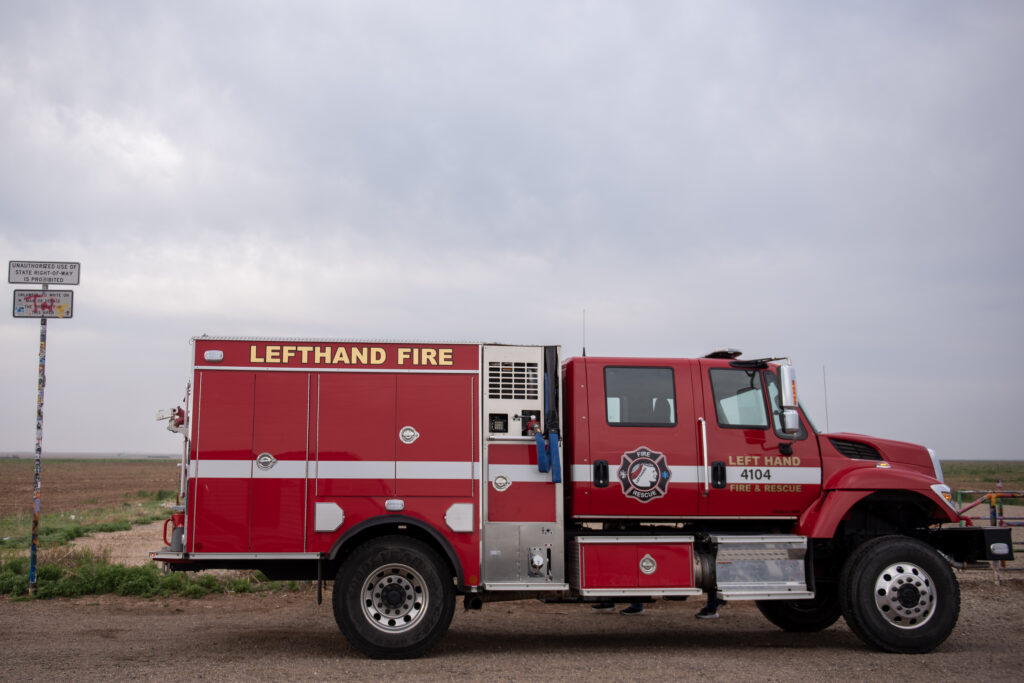
While there, we met a group of volunteer firefighters visiting from Colorado. I offered to take a photo of them together. They were a good-looking group!
Separately, they were from a place called Lefthand Fire, which I later discovered refers to Lefthand Canyon. The doors on their firetruck had “left hand” written all over it. When I first saw it, it reminded me of WWII American-supplied allied vehicles that noted “Left hand drive” (since some of our allies, such as the British, were accustomed to right-hand drive). Initially, I was very confused about why an American vehicle, especially a fire truck, would need to specify left or right-hand drive! This explained it.
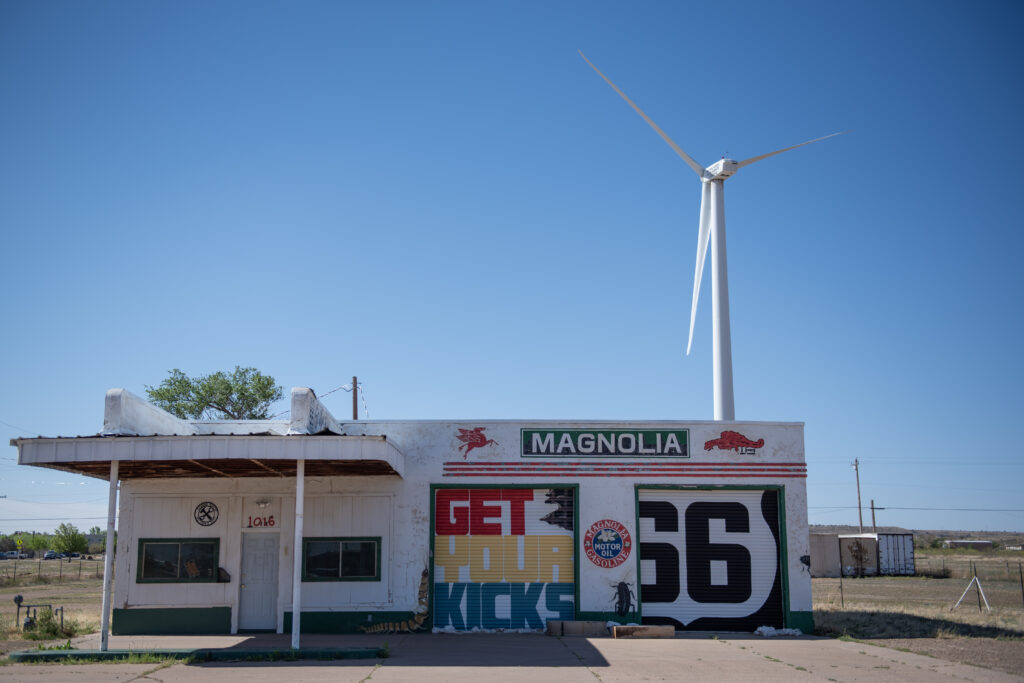
As we continued westward, we roughly followed historic Route 66. This former highway, also known as the “Mother Road,” holds a storied history as one of America’s most famous highways. Established in 1926, it originally stretched from Chicago, Illinois, to Santa Monica, California, spanning over 2,400 miles. Route 66 played a vital role in the development of the American West, serving as a major transportation route for migrants, tourists, and goods during the early to mid-20th century. Along its route, Route 66 was lined with motels, diners, and gas stations, catering to the needs of travelers. However, the construction of the Interstate Highway System in the 1950s and 1960s led to Route 66’s gradual decline as a primary thoroughfare.
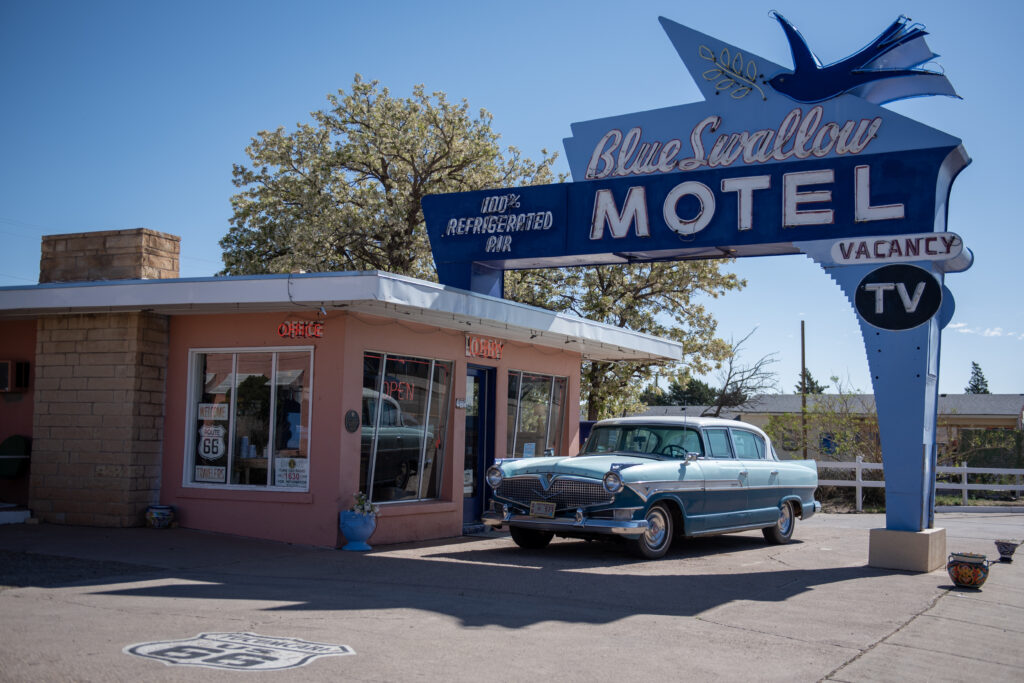

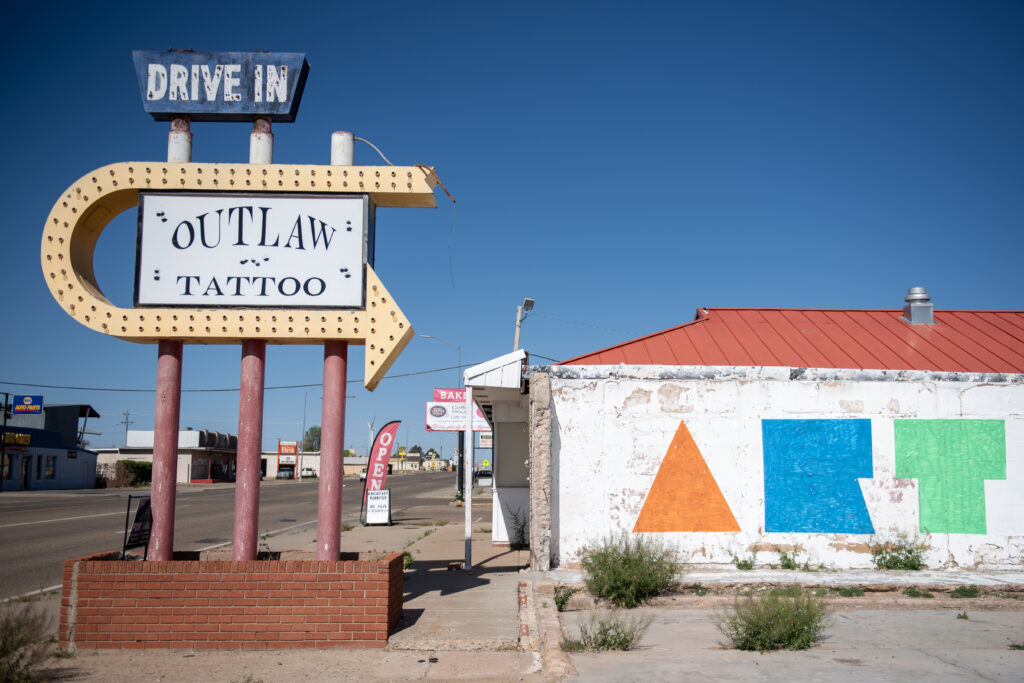
There are many small towns still scattered along Route 66 that are now just a shell of their former selves. One such example is Tucumcari. Established in the late 19th century as a railroad town, it quickly became a bustling hub for transportation and commerce in the American Southwest. Its unique architecture, characterized by colorful neon signs and iconic landmarks like the Blue Swallow Motel, became emblematic of the Route 66 experience.
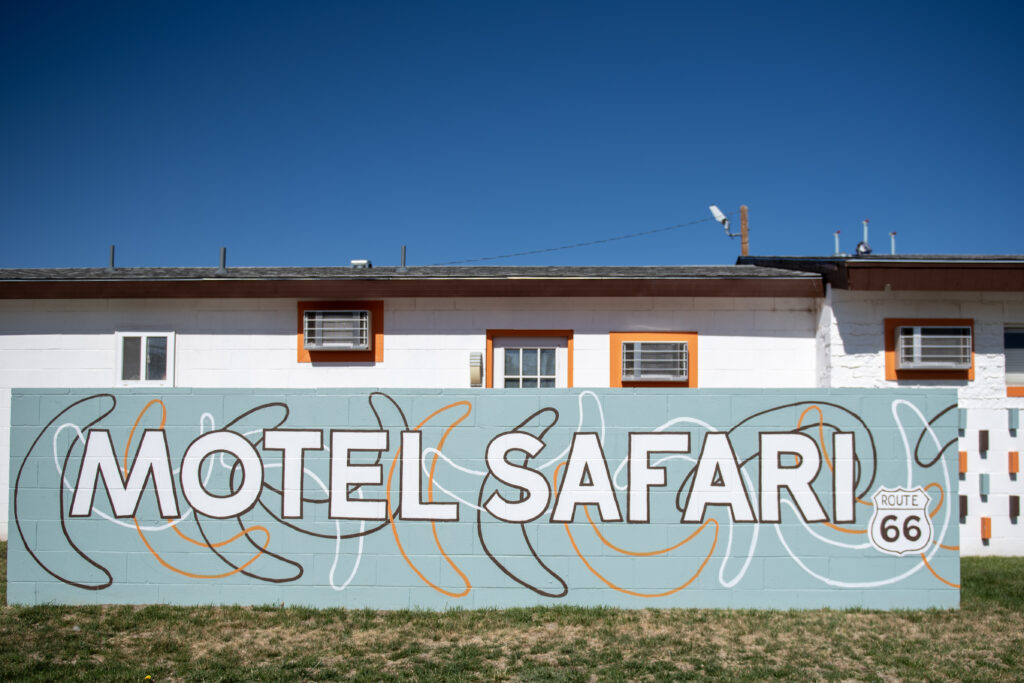

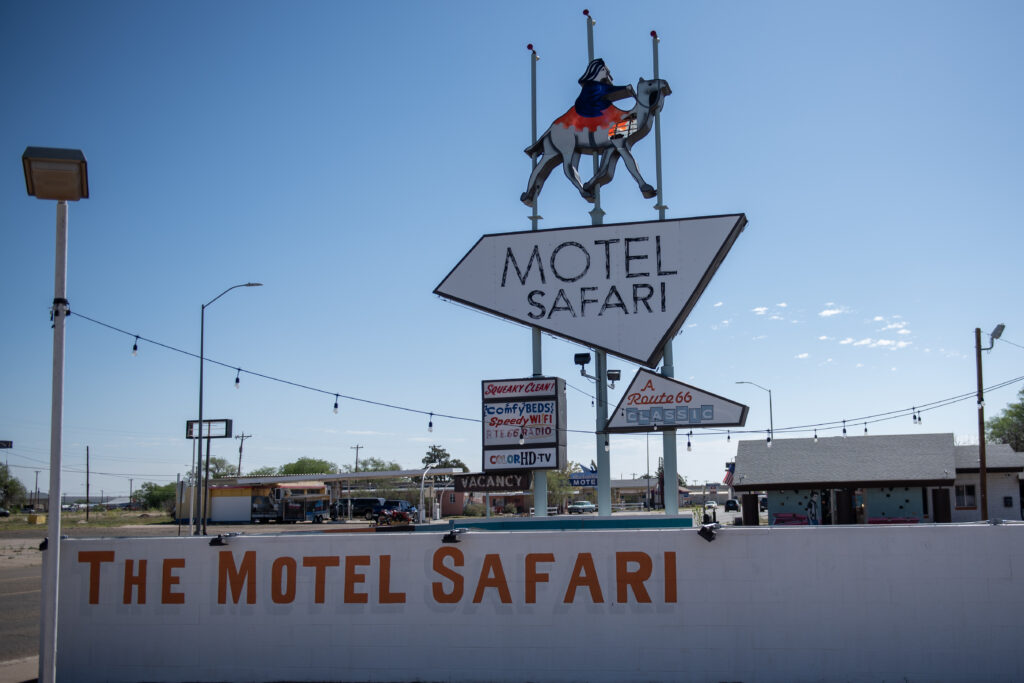
My favorite landmark, Motel Safari, began total restoration in 2008. Built in the 1950s, the motel featuring distinctive architectural elements such as neon signage and retro decor. As one of the few remaining vintage motels in Tucumcari, the Motel Safari stands as a testament to the golden era of American road trips and the vibrant culture of roadside hospitality.
Although I can’t confirm the quality or accuracy of the preservation effort, this was by far the nicest motel I found along this part of Route 66. If I were to pass through again, I’d love to spend one night here. There’s something about America’s Golden Era that really speaks to me, and this motel appears to capture that period in American history perfectly.

We arrived in Santa Fe this afternoon. I’m here for several nights, so I’ll share more on this town later! In the meantime, here’s our route from Amarillo to Santa Fe (279 miles or 449 km).

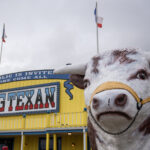
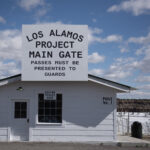

Comments are closed.